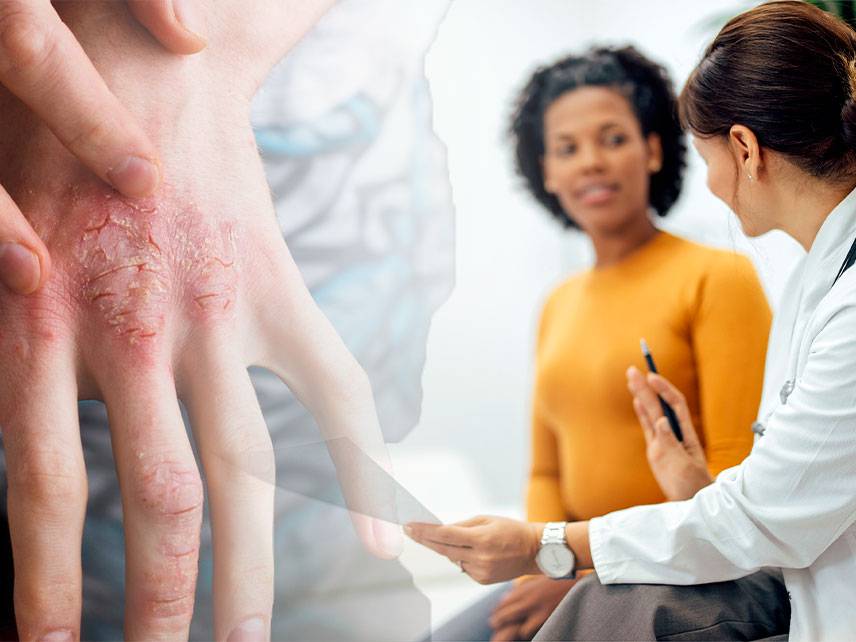Atopic dermatitis is a chronic, inflammatory skin condition that affects millions of people worldwide. It is characterized by itchy, dry, red, and inflamed skin. It is often referred to as eczema. While the exact cause of atopic dermatitis is unknown, it is believed to be linked to a combination of genetic and environmental factors.
Signs and Symptoms
The most common symptom of atopic dermatitis is intense itching, which may be worse at night. Other symptoms include:
• Dry, scaly skin
• Redness and inflammation
• Swelling of the skin
• Bumps and blisters filled with fluid
• Thickening of the skin
• Skin lesions
• Cracks in the skin
• Dark-colored patches of skin
Causes
Atopic dermatitis is thought to be caused by a combination of genetic and environmental factors. The exact cause is unknown, but it is believed to be related to an overactive immune response to certain triggers. Possible triggers include irritants, such as soaps and detergents, allergens, such as pollen and dust mites, and stress.
Risk Factors
Atopic dermatitis can affect people of any age, but it is most common in children. Other risk factors include:
• Having a family history of atopic dermatitis or other atopic conditions, such as hay fever or asthma
• Living in an urban environment
• Having sensitive skin
• Exposure to certain chemicals
• Exposure to cold temperatures
Prevention
There is no sure way to prevent atopic dermatitis, but there are steps you can take to reduce your risk. These include:
• Keeping your skin moisturized
• Avoiding harsh soaps and detergents
• Avoiding triggers, such as pollen and dust mites
• Wearing soft, loose-fitting clothing
• Avoiding excessive heat and cold
• Taking lukewarm baths
Diagnosis
Atopic dermatitis can be difficult to diagnose because the symptoms can vary from person to person. To diagnose atopic dermatitis, your doctor will likely ask about your medical history and perform a physical exam. Your doctor may also order tests, such as a skin biopsy or allergy testing, to determine the cause of your condition.
Treatment
Atopic dermatitis is a chronic condition, but there are treatments available to help manage the symptoms. Treatment may include:
• Topical medications, such as corticosteroids and topical calcineurin inhibitors
• Oral medications, such as antihistamines
• Phototherapy
• Moisturizers and soaps
• Stress management techniques
Coping and Support
Living with atopic dermatitis can be difficult. It can be helpful to talk to a doctor or therapist about your condition. There are also support groups available for people with atopic dermatitis.
Complications
Atopic dermatitis can sometimes lead to other skin conditions, such as skin infections. It can also lead to emotional distress and can interfere with daily activities.
Living with Atopic Dermatitis
Atopic dermatitis is a chronic condition, but there are steps you can take to manage your symptoms. These include avoiding triggers, keeping your skin moisturized, and wearing soft, loose-fitting clothing. It is also important to talk to your doctor about the best treatment options for your condition. With the right treatment and lifestyle changes, you can manage your atopic dermatitis and live a healthy life.





